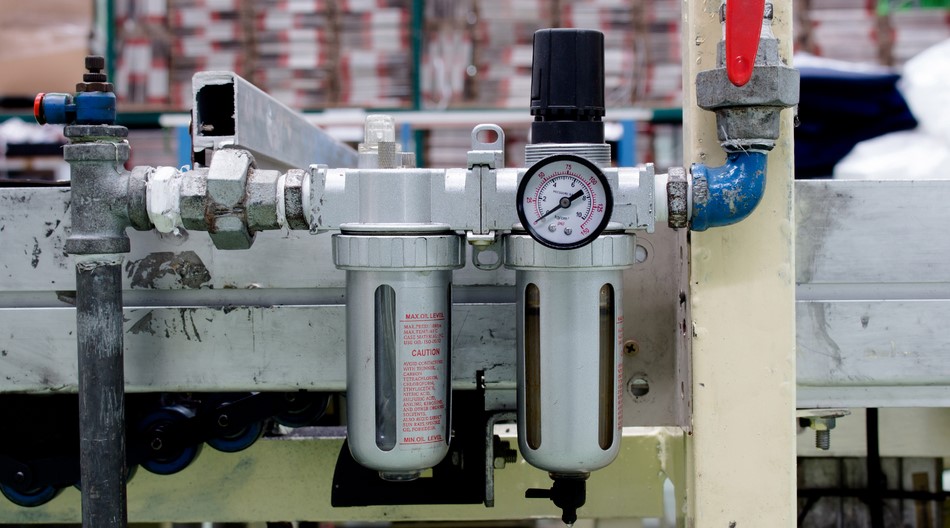
Filter regulator lubricators are essential when it comes to maintaining your vehicle. There are several different types, so knowing which suits your particular needs is necessary.
Filter regulators
When deciding between filter regulator lubricator charlotte nc combinations, consider the combined performance of each part’s pressure and flow capabilities. This will enable you to ensure your application’s proper pressure and flow rates. The filter is an essential component of the system, removing foreign matter, water, and oil from the compressed air. The lubricator introduces a controlled amount of clean oil into the downstream air flow. These products protect the moving components, clean the airline, and prevent damage. Many filters are available, ranging in particle size from 5 to 40 microns. Some manufacturers combine their filters with precise regulators to remove more particles. They can also be used to reduce pressure drop across the system. A 40-micron filter will effectively remove 95% water and other foreign particles for a general-purpose application. If you need to filter particles smaller than 5 microns, look into an oil fog lubricator.
Pneumatic lubricators
The pneumatic filter regulator lubricator (FRL) is an essential component in industrial equipment. It helps keep the air clean and reduces production losses caused by contamination. However, if the air is not filtered correctly and lubricated, you could have costly downtime and increased maintenance costs. To use the FRL, you must first identify the flow rate requirements of your pneumatic system. Next, you’ll want to determine the right lubricator and regulator. You’ll need a lubricator with a wide enough flow range to ensure proper lubrication of the downstream equipment. Depending on the application, you may need a micro-fog or oil fog lubricator. Oil-fog lubricators provide 100% of the oil required for a component, whereas micro-fog lubricators are designed for long, non-level runs. FRLs can be found in many applications, such as chemical and process systems, auto and airplane parts, industrial equipment, and heat exchangers. They are often made of corrosion-resistant materials like high-strength steel, zinc, and titanium.
Proper maintenance
When it comes to compressed air filtration systems, there are myriad options to choose from. Choosing the best one is a daunting task, but a few simple steps can make sure you are happy with your decision. To hone in on the best, it’s essential to understand the specific features and benefits of each lubricator type. A lubricator with the right parts can improve efficiencies and reduce operating costs, all while improving safety and performance. In addition, the best lubricator options come with a warranty. Lastly, the best ones are easy to install and maintain. After all, it’s a significant component of the air filtration system and should be treated as such. Luckily, plenty of guidance can be found on the Internet, from manufacturer’s product manuals to user guides.
Filter regulator lubricator for cost savings
Whether you are just starting with a pneumatic system or have been using one for years, a filter regulator lubricator is an essential component for the longevity of your pneumatics. The proper combination of filter, regulator, and lubricator allows you to maintain clean, dry air and properly regulated air pressure. A lubricator is a device that introduces pure oil into the air stream. This prevents friction and wears in air tools. These devices are typically installed upstream from the air-driven components. They offer a more extensive flow range than a comparable-size filter. In addition to a lubricator, a filter is installed in an airline before an air tool. This ensures that the device is working at optimal performance. There are many different combinations of air filters, regulators, and lubricators. Many come in prepackaged configurations. These are ideal for use in a variety of industrial applications. Some FRLs are designed to operate at high pressures, while others are optimized for low pressure. Choosing an FRL that fits your specific application is essential.

